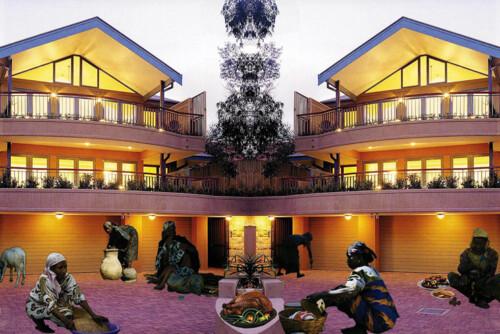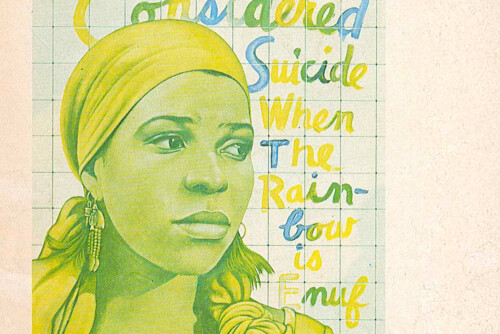Another dubious outcome from criminal justice involvement in domestic violence cases is the routine criminal prosecution of domestic violence cases. All state courts have a parallel court system that allows victims to bring cases in civil court to obtain “orders of protection.”1 Generally, those petitioning for such relief can get a restraining order and ancillary support to assist them in transitioning from a household where they are confronted with intrafamily violence.2 In such a case, the criminal justice system is typically not implicated unless a respondent violates the order of protection.
However, when an arrest is made, a prosecutor generally has the power not only to pursue a criminal conviction but also to determine the scope of the penalty. This is the case even when victims are not disposed to prosecute. For many women, civil restraining orders are adequate to protect their safety and other interests when confronting intrafamily violence. One concern often expressed by women faced with cooperating in a criminal prosecution is the effect of collateral sanctions, described earlier in this article. Employment, immigration, and other consequences that attach to the criminal defendant after a conviction might negatively affect a victim and her family. Although she might be in the best position to determine how to proceed without undermining her own safety, the decision not to prosecute may be out of her hands. On balance, this represents a shift of control from the victim to the government.3 Such a paradigm runs counter to the goals of safety and independence that define the domestic violence movement.
Many advocates for survivors of violence recognize that the time has come to rethink the relationship between intimate partner violence and law enforcement. There are important lessons to be learned from the movement to combat violence against women. INCITE! notes that a tough law and order agenda can also lead to long punitive sentences for women convicted of killing their batterers. Moreover, as additional side effects, when public funding is channeled into policing and prisons, there are typically budget cuts for social programs—including women’s shelters, welfare, and public housing. These cutbacks leave women less able to escape violent relationships.4 In the end, over-reliance on law enforcement as the primary response to violence hinders the development of more community-based approaches.
In conclusion, low-income queer folks are being profoundly affected by our system of mass incarceration, and this problem deserves the attention of activists striving to build a stronger community. In securing more justice for all, do we need more punishment or less violence? Law enforcement cannot be the only or even first line of defense when addressing social problems. Solutions to crime, poverty, and violence should arise from the communities that experience them. My point is not that there is no role for law enforcement in community policing but rather that the carceral system has primary and unintended negative effects, many of which I have outlined here. Community groups and local governments are attempting to implement many forms of alternative dispute resolution, justice reinvestment, and organizing (such as a more thorough integration of men into the anti-violence movement). Those efforts should be supported and expanded. For our ultimate survival, advocates must recognize the limitations of the carceral state and begin to emphasize and develop approaches that lead to healthier, more involved, and more proactive communities.
This article was developed from the colloquium Towards a Vision of Sexual and Economic Justice (Barnard College, November 2007). I want to thank Marcia Gallo and my anonymous reviewers for their helpful comments, the William S. Boyd School of Law for support, and the Wiener-Rogers Law Library for research assistance.
- See generally American Bar Association, Standards of Practice for Lawyers Representing Victims of Domestic Violence, Sexual Violence and Stalking in Civil Protection Order Cases (2007) http://www.abanet.org (PDF). [↩]
- Id. Although allowable relief varies greatly from jurisdiction to jurisdiction, it typically includes an order not to assault or contact the victim, temporary custody and child support for children, and other emergency support. [↩]
- It should be noted that the failure of a victim to testify against a defendant can—even in a misdemeanor domestic violence case—result in a finding contempt of court against that witness. [↩]
- INCITE! Statement, supra note 79. [↩]




